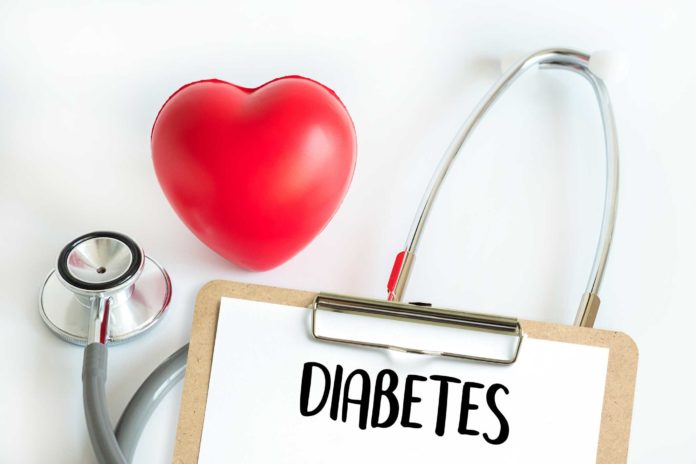
People are aware of the two major types of diabetes – Type 1 and Type 2 diabetes, but they often get confused between them and ask about their major differences. Both these diabetes types have a lot in common but there are some major differences too.
Researchers suggest that out of all the cases of diabetes in the world, type 1 affects 8% of the patients. In contrast, type 2 diabetes affects about 90% of the patients. Since there is a lot of confusion between the types, people need information regarding what is that which works for type 1 and not for type 2, including the reasons.
Another major point to remember is that both these types of diabetes are as serious as they are. Both types refer to high blood glucose levels that are can lead to some serious health complications, irrespective of the type.
Common Symptoms of Type 1 and Type 2
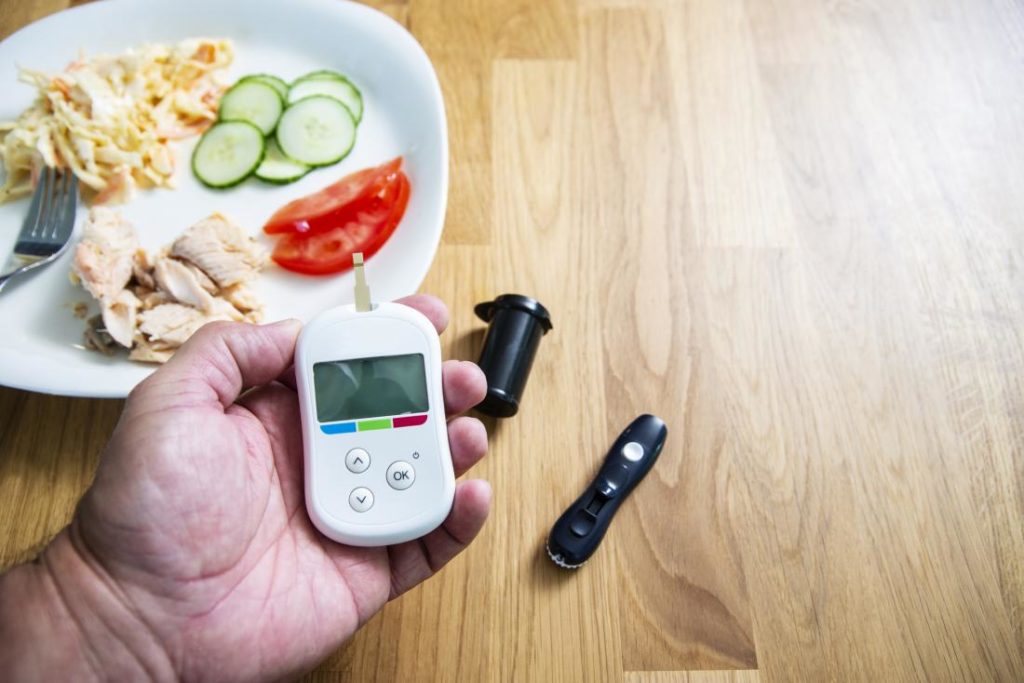
Both type 1 and type 2 diabetes conditions have some common symptoms that make it complex to diagnose the actual condition. Here are these symptoms:
- Frequent urination, especially at night
- Extreme thirst
- More fatigued than usual
- Unexplained and rapid weight loss
- Genital itching or thrush
- Blurred vision
- Cuts and wounds that won’t or take longer to heal
The way both type 1 and type 2 diabetes symptoms appear can make their identification easier. The symptoms of type 1 often appear quickly, which makes them pretty hard to overlook. This is important and rather a better thing because ignorable symptoms can cause diabetic ketoacidosis (DKA) in people.
In contrast, type 2 diabetes is a lot easier to overlook. Not only does it develop quite slow (especially in the early stages), but it also makes anticipating the symptoms much harder. This is exactly why it is important to be aware of your risk of developing type 2 diabetes.
Today, many people experience common symptoms of diabetes but they either deliberately ignore them or fear to admit it. People can have type 2 diabetes for up to 10 years without getting diagnosed.
What Happens when You have Type 1 or Type 2 Diabetes?
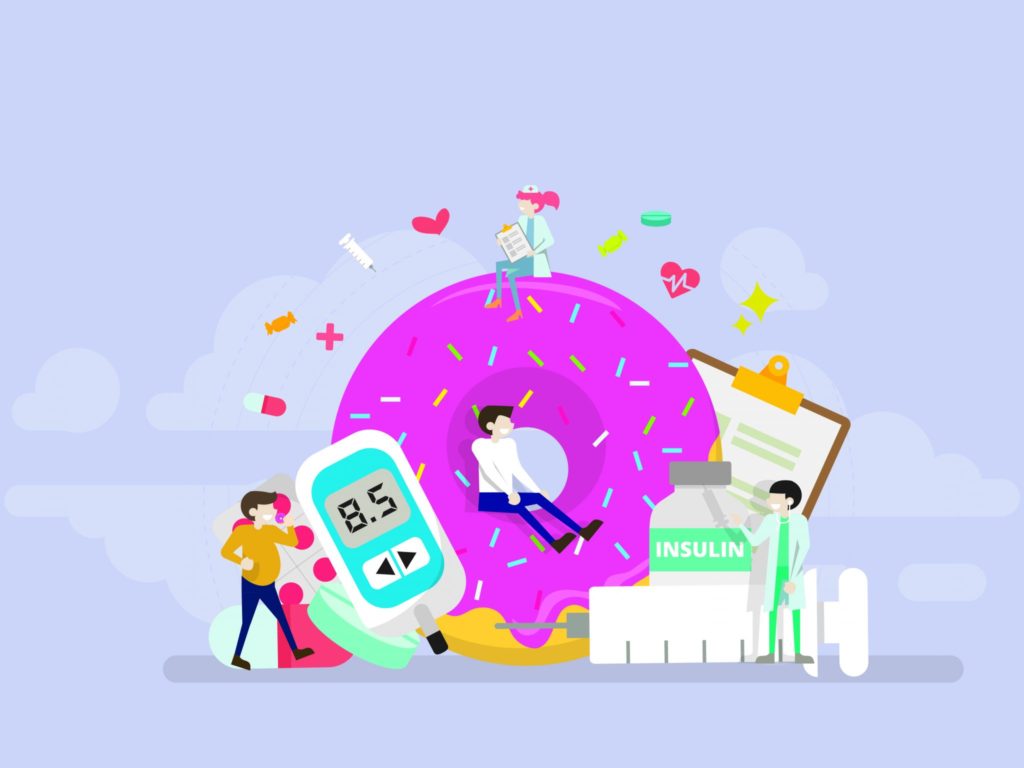
Diagnosed with diabetes (type 1 or type 2) means that you have too much glucose (sugar) in your bloodstream. The scenario goes the same for both types. However, this is how the differences happen.
In the case of type 1 diabetes, you have an autoimmune condition that refers to your body attacking the cells responsible for creating the hormone (i.e.pancreas) called insulin. Therefore, your body stops making insulin on its own.
However, it does not mean your body can properly function in the absence of insulin. You still need a transporting agent to take the glucose from the bloodstream to the body’s cells for energy production. When there is no insulin in the body, the glucose level in your bloodstream keeps rising.
In the case of type 2 diabetes, your body fails to produce insulin in amounts enough as required for transporting glucose. Another case could be that your body fails to utilize the insulin produced by the pancreas. This condition is also called ‘insulin resistance’.Like type 1 diabetes, this also leads to high blood glucose levels.
Risk factors of Type and Type 2 Diabetes

Although we don’t exactly know the causes of type 1 or type 2 diabetes in general, we certainly know about the risks associated with both diabetes types. Thus, you can now know why you are likely to get one type of diabetes over the other. Always remember that anybody can get diabetes since there’s no certainty.
Case 1 – Type 1 Diabetes
The biggest thing about type 1 is that neither your lifestyle for your body weight affects it in any way. This also means that you can’t do anything about your risk of developing type 1 even by making some lifestyle changes.
You are more likely to develop type 1 diabetes up to the age of 40 years. In fact, children are more likely to get it, as per the statistics. While type 1 diabetes is less commonly diagnosed among people over 40, they can get it anyway.
Case 2 – Type 2 Diabetes
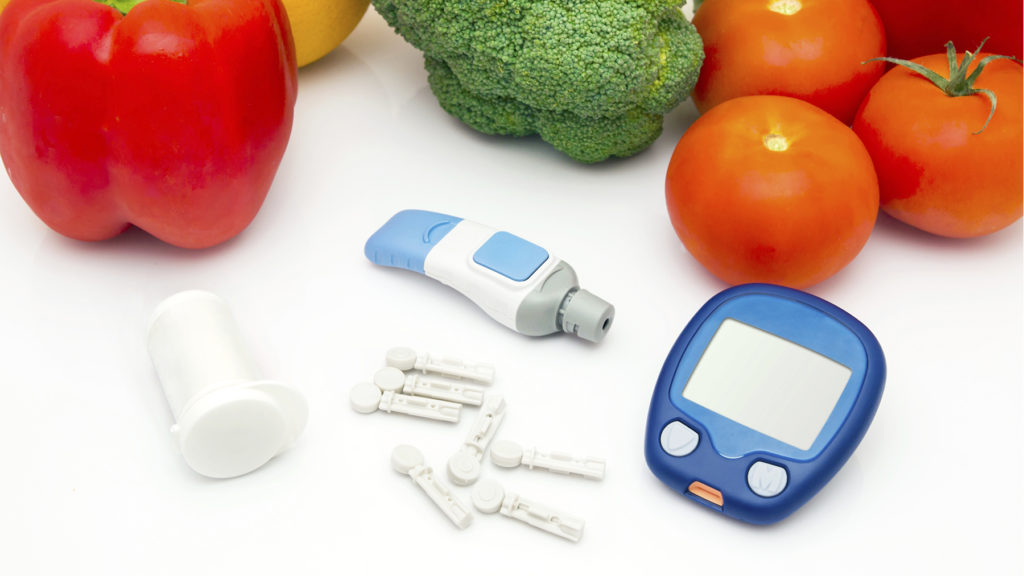
The cases of type 2 diabetes are different from type 1 diabetes. Here are some things that put you at higher risk of developing it:
- Ethnic background
- Your family history
- Your age
- Your build (overweight or obese)
Irrespective of the above factors, there are certain things you can do to avoid or reduce your risk of developing type 2 diabetes. Switch to a healthier lifestyle (eat healthy food, exercise), be active and maintain a healthy weight to lead a healthier life ahead.
You are more likely to develop type 2 diabetes when you are over 40. Other contributing factors include you belong to south Asia and over 25 years of age. However, type 2 diabetes is becoming more popular among younger people as well. An increasingly large number of children are getting type 2 diabetes in the UK each year.
How to Manage Type 1 and Type 2 Diabetes?
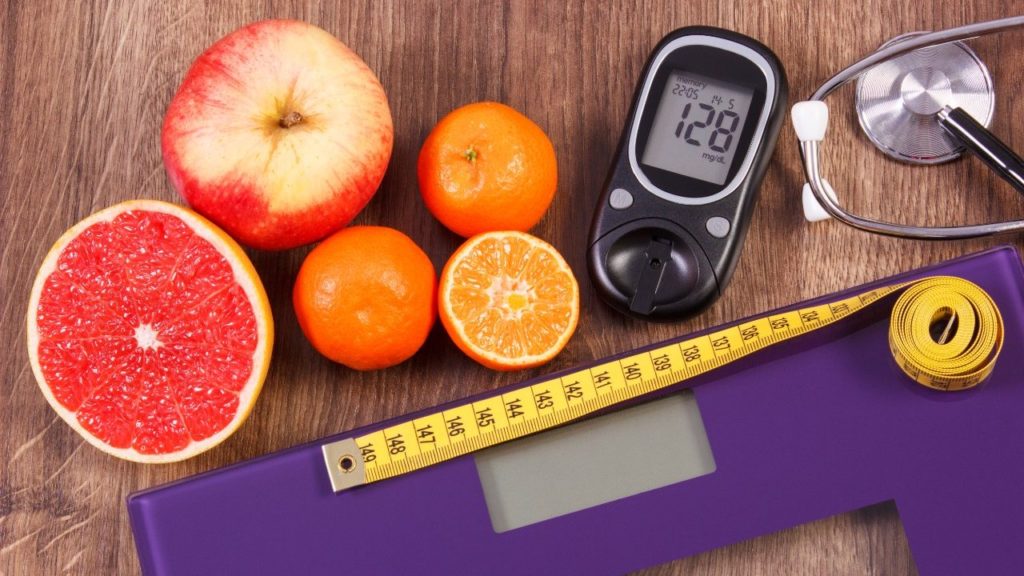
Effective management and treatment of diabetes are so important that not only will they help you avoid some serious health complications but also play a major part in your everyday life, irrespective of its type.
For type 1 diabetes, you’ll have to take insulin from an external source to regulate your blood sugar levels. At the same time, you will have to monitor your blood glucose levels regularly and watch your intake of carbohydrates from solid and liquid foods.
For type 2 diabetes, the regulation of your blood glucose levels remains the same as type 1 in addition to switching to a healthy lifestyle or you can visit here. It will help you effectively manage your body weight and diabetes.
Conclusion
Diabetes is a chronic condition that may run in families for multiple generations. Don’t think of it as a disease; take it as a condition that requires you to watch your food and be active.














